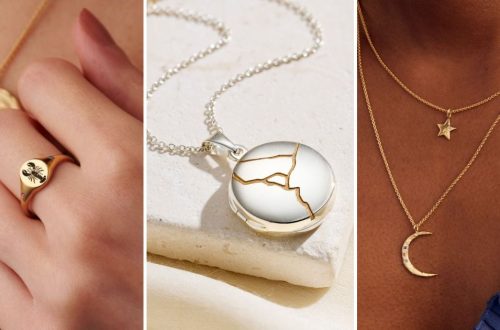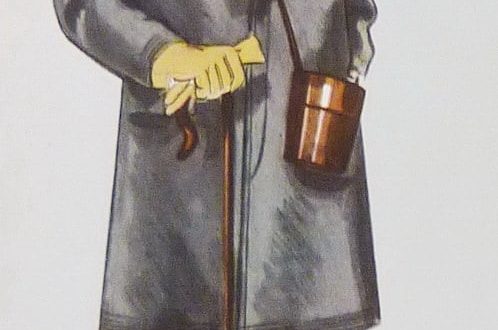When I heard that JetBlue was debuting a new direct flight from JFK to Edinburgh, all I could think was, “Finally, I can see that damn Starbucks.” I’m a hardcore fan of dark academia TikTok and, as such, have seen endless videos of the amazing view of Edinburgh Castle from a humble local Starbucks. The moody weather, the imposing castle perched on a cliff above medieval streets, all framed by a latticed window—it seems that at any given time, TikTok is overflowing with aesthetic videos of Edinburgh with a shot of that view. Maybe it’s the beautiful architecture or the promise of unfathomable history and lore lurking in every rain-soaked alleyway. Maybe it’s just that, like it or not, my millennial heart reflexively skips a beat for any Harry Potter-adjacent aesthetic. Whatever it is, as soon as I was presented with the opportunity to join JetBlue on their inaugural JFK→EDI flight, I knew I had to explore the capital of dark academia myself.
I arrived at JFK’s Terminal 5 to see it bedecked with blue-and-white Scottish flag garlands and realized I was woefully underdressed for what was essentially a Scottish-themed JetBlue work party. I gorged myself on Edinburgh cupcakes, JetBlue shortbread, unexpectedly great beef stew, and florescent Irn Bru. The party got me excited to learn more about the country. While I’d heard of Edinburgh Fringe and watched a quick Rick Steves YouTube video about the city, my pre-trip research had been mostly limited to spooky podcasts about 19th-century graverobbers. But by the time a kilted bagpiper came marching down the terminal blasting “Scotland the Brave,” I was certain I was going to enjoy this trip immensely. The only dark cloud was my shame at accidentally disparaging haggis to someone who turned out to be Scottish; I silently committed to paying penance by eating any haggis I came across during my trip.
I was lucky enough to experience not only JetBlue’s Mint Class but their spacious front-row Mint Studio seat. With the help of the luxurious lie-flat, I actually got sufficient rest during the flight and was surprisingly fresh for the tour I had inexplicably booked for two hours after we landed. I arrived just in time for my appointment at Mary King’s Close, the medieval Scottish equivalent of a preserved underground tenement. I had read that the whole area had been sealed off during the plague to stop the spread of the disease, leaving all residents within—diseased or not—to die of starvation or sickness, whichever came first. While the tour unfortunately did not go into this event, they did have a “plague exhibit” with such detailed boil-ridden mannequins that I was not surprised to see a basket of sick bags placed delicately in the middle of the room. The tour guide was charming and informative, the vibes were deliciously unnerving, and overall my spook-centric trip was off to a rollicking start.
Emboldened by my restful flight, I decided to ignore the very real possibility of impending jet lag and brave the rain to go on a self-guided walking tour of Edinburgh’s Old Town. Edinburgh is separated into two main areas: the medieval Old Town and the Georgian New Town, built in the 18th and 19th centuries (not so “new” by American standards). I’ve struggled to describe the beauty of Old Town in the rain; when people ask me how I found Edinburgh, all I can say is that I’ve never encountered a city advertised to have a certain atmosphere that delivered on it so completely. The sandstone facades looming above curving streets, the colorful street-level storefronts, the people in wool tammies and Barbour raincoats shaking out their umbrellas in front of cozy cafes—as much as I attempted to navigate on my phone, ducking into ancient, humid alleyways to map my route, I had a much better time simply going where my hungry eyes took me.

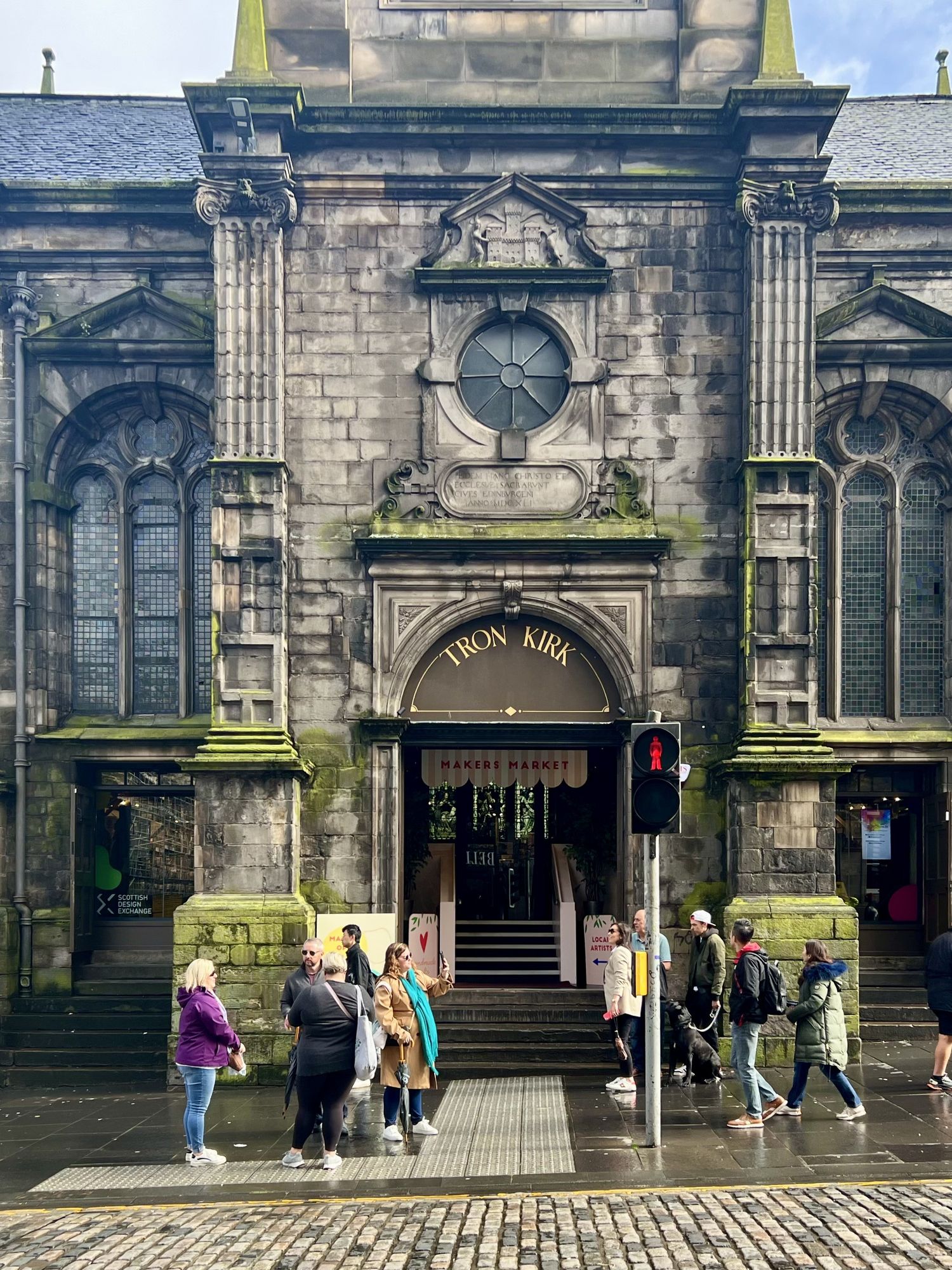
I first visited St. Giles Cathedral, fighting my way through poncho-clad tourists to take in the handsome Gothic interiors. I diligently read the posted information about John Knox, leader of the Scottish Reformation, but was admittedly more entertained by the tribute to the inventor of surgical anesthesia, a succinct memorial that simply read, “Thank God for James Young Simpson.” (On behalf of humanity, thank you indeed.) I then made my way to Greyfriars Kirkyard, where I had read that J.K. Rowling got her inspiration for many Harry Potter surnames including McGonagall, Scrimgeour, and Riddle. Blackened with rain, the ornate tombstones were even more hauntingly beautiful than I could have imagined. Carved skeletons and sodden angels rose from the wet stone against the serene greenery, and I had the thought that J.K. Rowling perhaps wasn’t so original. Who wouldn’t come up with a magical story about medieval-core wizards battling evil in such a place?
I then headed to the National Museum of Scotland, with one goal in mind: to see the Arthur’s Seat Coffins. These tiny clothed figures in little carved coffins were found hidden on a hill above Edinburgh, the number of coffins matching the number of victims of Scotland’s infamous serial killers Burke and Hare. The two made money selling corpses to medical schools before growing impatient with waiting for people to die naturally and becoming, to put it delicately, their own means of production. To this day, the source of the coffins hasn’t been confirmed. I did a lot of running around the birdcage-esque Victorian central hall before finally locating them tucked away on a half-floor, right by a massive mort-safe and several Victorian mourning portraits. They were, indeed, as creepy as I had hoped. I then had a ball perusing other items like the Lewis chessmen and the jewels of Mary, Queen of Scots before being engulfed by a tsunami of jet lag while gazing at the ominous Maiden, Scotland’s massive beheading mechanism invented a full 200 years before the guillotine. Finally defeated—as many before me after encountering the Maiden—I headed back to my hotel.
I hadn’t gotten a chance to soak in my accommodations earlier and thus took full advantage of having some time to do so when I returned. I was staying at the iconic and beautiful Balmoral, located at the exact intersection of Old Town and New. With over 160 rooms, 20 suites, and a towering, crown-steepled clock tower, one would think the enormous property may be more impressive than cozy. However, my top floor, garret-style room overlooking Old Town could not have been more comfortable and inviting. I thawed out from my walk by taking a hot bath in the large soaking tub, listening to the rain pattering against the windows. I was able to see some other rooms on the trip, most with soaring ceilings and amazing views over Scott’s Monument or the Princes Street Gardens. They were all beautiful, but my cozy room, with its romantic sloping ceilings and bird’s-eye view of the city, was definitely my favorite. The elegant Palm Court, warm yet sleek Brasserie Prince, and the restorative spa—whose gym had the best wallpaper of all time—were also highlights of staying at the historic property.
Once recovered, I headed downstairs for a tasting at SCOTCH, the hotel’s whiskey bar with the largest public collection of single-malt Scottish whiskies in the city. I learned a lot—perhaps a little too much—and tottered over to the hotel’s fine-dining restaurant, Number One. Focused on Scottish cuisine made with seasonal, local ingredients, I wasn’t sure what to expect, though the arresting red-lacquered interior was a definite sign of good things to come. The meal started with three of the best bites of my life, a trio of amuse bouches containing ingredients like pate, cured egg yolk, and truffled brioche. The following courses of Shetland salmon, hand-dived Orkney scallops, and sirloin with morels were all outstanding, as were the wine pairings, but it was the dessert that blew me away. The first was made with sweet, cold yogurt and honey from their apiary; the second was a confection made from fresh Scottish red and white strawberries. I’d never tasted strawberries so flavorful, and couldn’t get enough. I even ate my too-full friend’s portion and Googled “why Scottish strawberries so good” at the table (apparently, it’s the long days and cool nights of Scottish summers). Despite my mild stomachache, I still greatly enjoyed the handmade whiskey truffles, orange gelees, and Scottish tablet that accompanied our evening coffees.

Brasserie Prince
Courtesy of the Balmoral
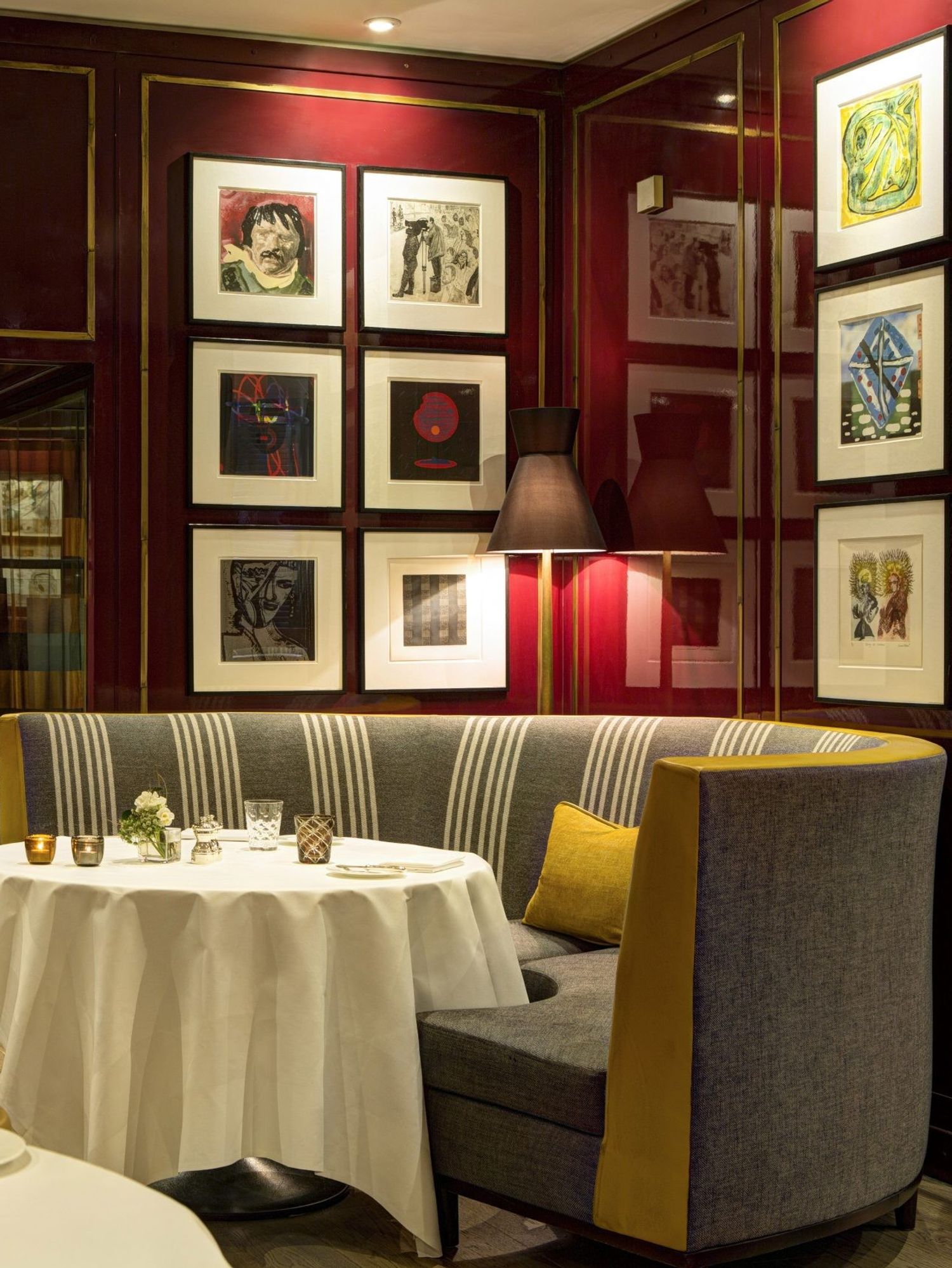
Number One
Courtesy of the Balmoral
That night I slept like the dead and dreamt of strawberries. I had a hearty breakfast at Brasserie Prince before heading to Kinloch Anderson, a 5th-generation tartan and kilt manufacturer with three Royal Warrants (official recognitions as suppliers to the royal family). I could spend this entire piece writing about all the fascinating things I learned at this shop, but I’ll leave you with one: tartan is HUGE in Japan. I then headed to heritage cashmere shop Hawico, where I continued learning about the rich tradition of textile-making in Scotland. Given all the shoppers who had come from all corners of the world to visit these stores, it seems I was the only one who had been unaware. The day’s excursions netted me one lambswool tartan scarf, a tartan necktie for my husband, and a buttery-soft pearl-gray cashmere scarf.
I next met with our guide for a walking tour of Old Town, where I learned myriad fun, morbid facts about the city. She showed us the former spot of many public hangings, and the nearby pub called “The Last Drop.” Apparently, the condemned were given a dram of whiskey before being hanged—a last drop before their last drop. On the same block was Maggie Dickson’s, named for a woman who was hanged then essentially defibrillated back to life by the bouncing of the horse-drawn hearse lugging her coffin over the cobblestones (having technically died, Maggie was considered to have served her sentence and freed). We saw photogenic Victoria Street, the inspiration for Diagon Ally, and learned that Dolly the Sheep was named after Dolly Parton. We learned the origins of phrases like, “hang out,” “earmark,” and “shitfaced.” We saw the gothic Scott’s Monument and the Princes Street Gardens. Once the site of a loch that people threw sewage in, then a sewer that people threw witches in, the area was finally drained and filled in with gardens in the 1820s, which I believe is safe to characterize as a vast improvement.
That night we met up with representatives from VisitScotland at Contini Cannonball, a lovely restaurant at the base of Edinburgh Castle. We had great conversations about life in Edinburgh, the growing trend of Scottish agritourism, and the best places to visit outside the city (Perthshire, Orkney, and the Outer Hebrides). When I turned my attention to the menu, it finally happened. There it was: haggis. “Which appetizer are you getting?” my dinner companion asked innocently. “I was thinking…about the haggis…?” I managed. “What’s in that?” inquired a fellow American. All the Scots at the table closed ranks and refused to tell her. “It’s delicious,” they said, “If you don’t think about it.” Not wanting to look like a weenie or break my promise to myself, I ordered it. It came as little haggis arancini with a whiskey cream sauce, and reader—it was delightful. Just a spiced, crumbly, savory little meatball. I usually abhor offal, but my only complaint was that there was a touch too much allspice, a very minor flaw for a dish made of sheep lungs.
The next day we finally visited the magnificent Edinburgh Castle, perched atop the inactive volcano below which flows the rest of the city. I cannot recommend the castle enough; it was as chock-full of history as the Tower of London, perhaps more so, and with equally gorgeous crown jewels. The grounds were much more pleasant and sweeping than the Tower (score one for the Jacobites), and our guide was an endless fount of facts and stories, from the life of Mary, Queen of Scots to the origin of Scotland’s national animal, the unicorn. We saw the tiny St. Margaret’s Chapel, which remains a popular wedding venue despite its diminutive size. Dating back to the 2nd century, it’s the oldest building in Scotland and is maintained by the members of the St. Margaret’s Chapel Guild (all of which are named Margaret), who also provide the flowers for weddings. I asked if all the Margarets were equally gifted flower arrangers. “One of them uses a lot of…’found object’ elements…” our guide demurred diplomatically. She did, however, admit that the guides feel bad for the brides that show up on “Modern Maggie’s” day.
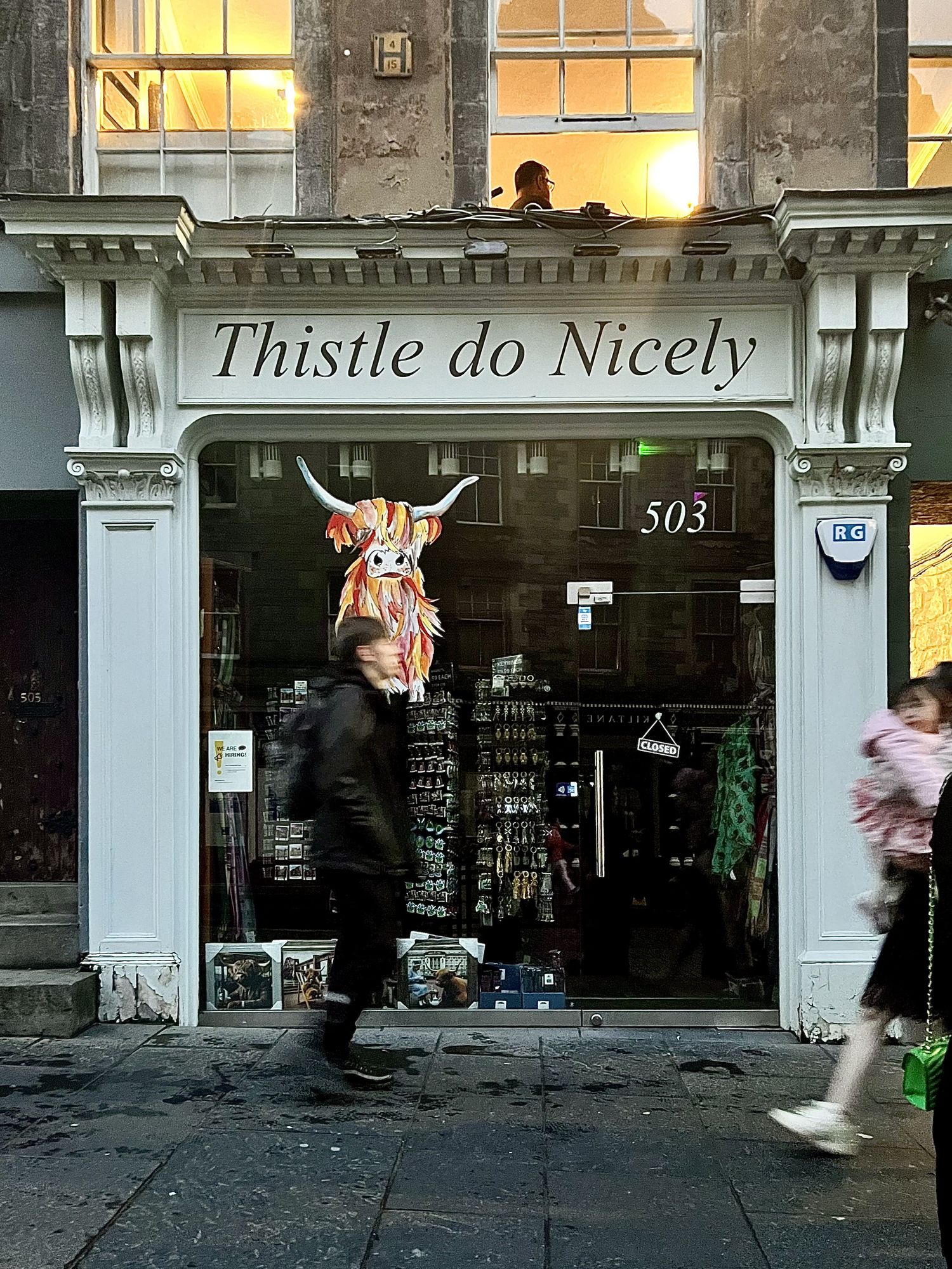
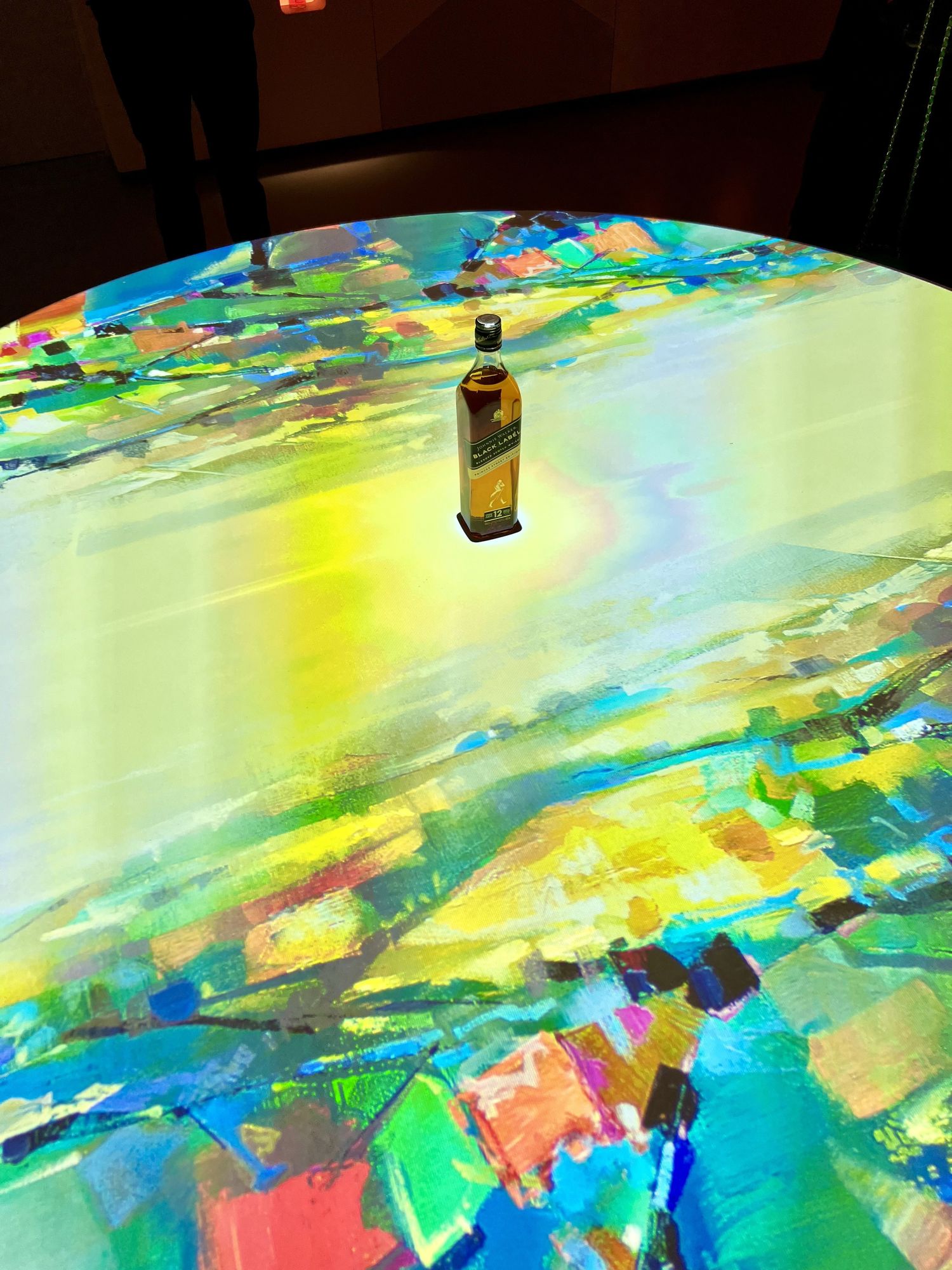
We were unable to see Holyrood Palace, as it was still an active royal residence and Prince Edward was in town. We were however able to visit the decommissioned Royal Yacht Britannia, now open as a museum at the Port of Leith. Not being much of a monarchist, I was most interested in the fact that I was treading the same ground as Nelson Mandela and the cast of The Crown. I was greatly amused by the spartan royal bedrooms (separate, of course)—an interesting show of virtue signaling on a royal yacht—and tales of “wombat tennis.” We later had outstanding tea sandwiches (a creamy cheese and tomato chutney concoction was particularly delicious) and excellent tea served in Royal Yacht Britannia china in the ship’s boardroom. Afterward, I managed to fit in a quick trip to the tiny Museum of Magic, Fortune-Telling & Witchcraft, and read up on everything from Scottish Wicca, lucky kangaroo scrotums, and “Hands of Glory” (for the Potterheads out there, this means that yes, J.K. Rowling did NOT make those up).
Our final evening began at the Johnnie Walker Whiskey Experience. As a big fan of the somewhat silly Guinness Storehouse, I was expecting something similar. What I got was nothing less than a wonderfully high-budget adult version of Willy Wonka’s chocolate factory. Informative, immersive, wonderfully designed, and incredibly fun, I highly recommend a visit to Johnnie Walker Princes Street. Whiskey fans will love it, skeptics will be converted, and at the very least, everyone will enjoy the rooftop restaurant. With the best duck confit I’ve ever had (confirmed to be made from local ducks raised only five miles away), imaginative whiskey cocktails, and a grand view of the castle, it was a fitting last dinner in a country I was already despairing about leaving. We also checked out the Explorer’s Bothy Bar on the same floor, a whimsical modern space with ethereal murals by Scottish landscape artist Scott Naismith that serves whiskeys available nowhere else in the world.
The next morning I fully realized just how much shopping I had done on this trip, and spent the good part of an hour attempting to tetris my new belongings into my suitcase. I left myself with only enough time for one more activity before heading to the airport: going to the Instagram-famous Starbucks, or finishing the big box of strawberries I had been keeping in my mini-fridge. I was conflicted. How often do you get to see something TikTok famous in real life? But by that same token, can I really let social media dictate what I do with my travels? And I’ve already been to the castle; do I really need a picture of the view, when I’ve been to the view? As you may have guessed, I didn’t see the Starbucks, and I have no regrets. I have TikTok at home, but it’s not every day that you find yourself in Scotland just in time for strawberry season.
On this trip, I gained three scarves, two notebooks (one embossed leather, one plaid), one necktie, one Strathberry luggage tag, whiskey fudge, shortbread, artisan gin, 12 oz of fancy tea, two city guidebooks, one bedazzled plague doctor Christmas ornament, and an enduring love for Scotland. My happy place for the foreseeable future will be the memory of walking around Old Town Edinburgh in the rain. I’ll reminisce fondly about glancing down a street and wondering if I’d somehow stumbled into 1650 from 2024, Outlander-style, that feeling of being suspended in time at the intersection of the past and present. Beautiful, transporting Old Town is perfect for getting lost—the winding streets, the narrow enclosed alleyways, the hidden stairs and courtyards—and what is travel besides losing yourself? The best travel experiences happen when you let your guard down, let in the unfamiliar and disarming, and allow something fresh and wonderful to become a new part of you. That feeling of getting broken down and put back together again better than before is why I fell in love with travel in the first place. I thought I had aged out of that wonder, that vulnerable malleability. But if my time in Edinburgh taught me anything, it’s that you’re never too old to fall in love again—with a whole city or even just a perfect strawberry.




